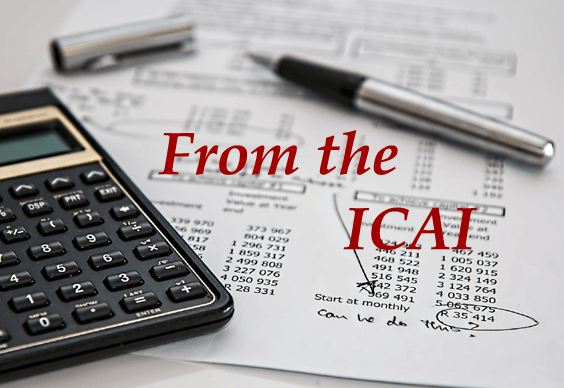Indian banks well placed to transit to Expected Credit Loss regime: S&P
Mumbai, February 28, 2023
This transition is not expected to change ratings on these banks
Standard and Poor’s on Tuesday said that Indian Banks rated by it are largely well placed to transition to the Expected Credit Loss (ECL) approach under International Financial Reporting Standard 9 (IFRS 9).
This transition is not expected to change ratings on these banks. While the transition should be largely smooth, not all banks are equally prepared.
IFRS 9's more forward-looking approach to provisioning will improve the timeliness of loan-loss provisions and more closely align reporting with global norms. It would facilitate regulatory oversight that should help to mitigate disclosure complexities, S&P said in its report “India Banks Poised for IFRS 9”.
In India, IFRS rules are implemented through Indian Accounting Standards (Ind AS), and the Indian equivalent of IFRS 9 is Ind AS 109.
The Reserve Bank of India is set to release guidance on the rollout of IFRS 9 after years of delay while the banks shaped up.
S&P said Indian banks are likely to transition to IFRS 9 over the next two years. Unlike many of the major Asia-Pacific banking sectors, Indian banks deferred the adoption of IFRS 9. The central bank indefinitely halted the implementation, originally scheduled for April 1, 2019, citing pending legislative amendments and lack of preparedness.
For the central bank, the adoption of IFRS 9 is one of the steps in its reform roadmap to further strengthen the risk management framework for banks and nonbank financial companies (NBFCs).
Earlier measures include tools to deal with stressed assets, improve governance in public sector banks, address information asymmetry, and bolster the oversight of NBFCs.
The capitalisation and earnings of India banks have strengthened in recent years. The top-tier rated private sector banks remain well capitalised.
So, too, public sector banks have raised ample capital in the form of equity and additional tier-1 instruments to strengthen their capital ratios above the minimum regulatory requirement, it added.
[The Business Standard]

